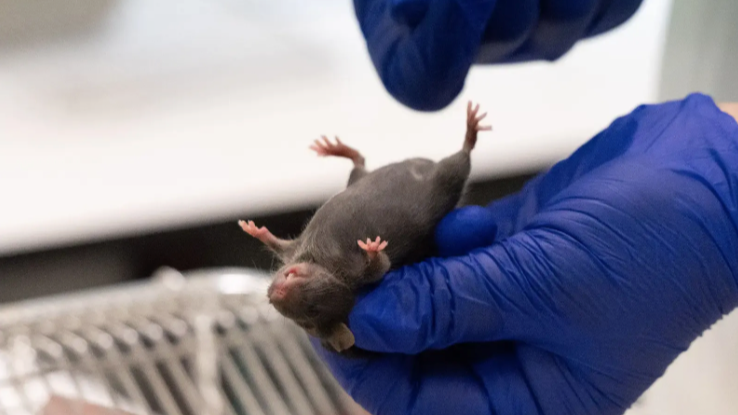Lyon EARA event: ‘Don’t shy away from discussions on animal research,’ French audience hears
- Bob Tolliday
- Jan 30, 2020
- 3 min read
EARA’s latest event in Lyon, this week, outlined the need for greater transparency in France, how this can be achieved, and what challenges to openness currently exist.
Seventy people from the French life sciences community heard speakers from the Institute of Science Cognitives Marc Jeannerod (ISCMJ), which hosted the event, EARA, the French advocacy organisation GIRCOR, and Italian advocacy body Research4Life, discuss the topic, Improving Openness in Animal Research in France.
EARA executive director, Kirk Leech, gave context to the current modes of activism against animal research, explaining how today it is focused on lobbying and communication, more than protest, whereas the research community has remained quiet. He explained this means most of the publicly available information inaccurately represents animal research. Kirk also outlined the different ways this can be improved, such as utilising the release of animal use statistics.
“Where animal use statistics have been put into context, this has made a difficult topic more approachable by providing more balanced media attention towards animal research.”
The actions an individual researcher can take were provided by Dr Suliann Ben Hamed (pictured below), director of the Neural Basis of Spatial Cognition and Action group within the ISCMJ. Dr Benn Hamed’s work relies on studies in both humans and non-human primates and she presented her experience of being open and transparent about animal research.
Her experiences included presenting at a public conference where the main questions concerning her primate research surrounded understanding the brain, not ethics, and how informing her masters students of the regulation on animal research gave them confidence in the current national animal welfare standards.

“We shouldn’t shy away from this discussion, communication enforces trust,” she added.
Dr Giuliano Grignaschi, secretary general of Research4Life and head of the Animal Care Unit at EARA member, the University of Milan, expanded on the public view of animal research using Italy as a case study.
Dr Grignaschi first described a telephone survey, by Research4Life, where the majority of respondents found animal research to be unacceptable, however once further information about research was provided opinions changed, resulting in the majority of respondents stating it was acceptable. This showed that being open and providing information can shift the view of the public view.
“Make a connection to try to open the doors on animal research, we have to talk about what we are doing and why,” he said.
He finished by describing the importance of National Transparency Agreements in gaining traction to move towards a more open and transparent biomedical community, and said there was now a plan to introduce one in Italy.
Vice-president of GIRCOR and laboratory animal veterinarian, Dr Serban Morosan, described the work carried out by the association. He finished by providing 10 ‘Dos’ and ‘Don’ts’ for researchers when engaging with the media, including to remember that most journalists are just trying to shed light on their story with no ulterior motives, and to understand that deadlines are crucial for them.
The event ended with a panel discussion to answer the audience’s questions, which were mainly centred on how to improve messaging on both a national and individual scale. One audience member asked “How has a National Transparency Agreement in the UK helped?”, and Kirk Leech set out the varied ways it has and how media reporting on animal research had become more balanced since an agreement (Concordat) had been introduced in the UK.
End



